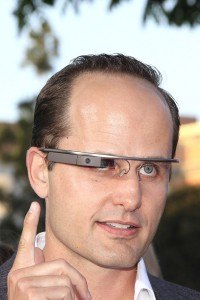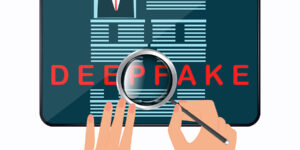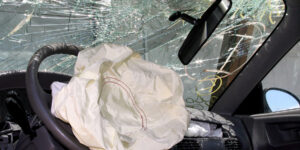 In just a few years, adjusters may no longer be saddled with multiple devices for appraising damage, according to a recent industry white paper. Instead, one device alone will serve as a camera, tape recorder, video conferencing device, GPS and computer.
In just a few years, adjusters may no longer be saddled with multiple devices for appraising damage, according to a recent industry white paper. Instead, one device alone will serve as a camera, tape recorder, video conferencing device, GPS and computer.
Michael Clifton, vice president of insurance for Cognizant, described some of the findings in the company’s white paper, “Google Glass: Insurance’s Next Killer App.”
The paper noted that a variety of wearable technology products exist in the market today, including the Nike FuelBand and the Nismo smartwatch from Nissan. But Google Glass stands out because of its ability to take photos from the user’s perspective and share live with anyone under any weather condition. In addition, the user’s hands remain free to complete other tasks.
According to Clifton, the insurance industry could benefit quite a bit from the introduction of Google Glass into its processes.
“Glass’s miniature footprint, ease of use and mobility can drive innovation in many of the business processes that support claims, risk engineering and customer sales interactions,” Clifton said.
One use, according to the white paper, could be by auto insurers looking to track aggressive drivers. Privacy challenges aside, the paper suggests Glass video would allow insurers to better underwrite risky drivers.
Clifton explained how Google Glass technology could impact claims specifically.
“We see the claims function having the largest impact related to Glass’s ability to shape new digital business processes. The process disruption for the role of the property adjuster, as an example, would see a single device versus the many deployed today. The ability to free up one’s hands to inspect and share live video with colleagues and experts allows for immediate impact analysis of the loss, whereas today, the review is done days or weeks later,” Clifton stated.
“Another area where we see Glass impacting claims is in the ability to interact with wearable technologies seamlessly, giving instantaneous feedback of the range of motion, proper exercise positioning and real-time exercise statistics of workers compensation and long-term-care claims clients. Glass’s ability to provide that data while interacting with the clients will have a profound impact on returning to work and reducing claims-related costs,” he added.
In addition, the Cognizant executive said claimants could submit claim and supporting documentation without assistance via the wearable technology.
“The industry has already embraced mobile technology to submit a claim, but Glass allows for a much richer experience. The submission to support an oral account of the accident, supporting video of the scene and a high-definition video of the impact could help speed the processing and the settlement. The wave of the future could include a live claims advisor helping to capture the right information in real time,” said Clifton.
With the introduction of new technology comes risks, said Clifton, and drawbacks include privacy, data security and cost.
“But with early adoption just starting, these are top of mind in all areas of insurance and, in some cases, akin to the mobility explosion of tablets and smartphones. The benefits of Glass will help shape new regulation, and carriers will be the catalyst for the right changes. The key to succeeding with Glass is to redesign your processes to take advantage of the abilities and not to just implement another mobile technology. The digital impact and operational savings are in using the rich features, and the combination of many into one wearable device is challenging to installed systems and current capture methods,” Clifton added.
While Clifton did not name any carriers currently using Google Glass, he noted that carriers are exploring its use.
As the industry considers adopting the new technology, one researcher is working with Google Glass to reduce driving risks. Wichita State University Assistant Professor Jibo He is using his early access to the device to study driver behavior. In charge of the Human Automation Interaction Lab, he wants to determine how Google Glass could distract drivers on the road. Through the research he plans to advise insurers, legislators and driving instructors on how to evaluate the risks of driving when wearing this latest technology.
“Driver distraction is the major cause of traffic accidents, and drivers continue to engage in many distracting behaviors, such as texting or cellphone conversation,” He said. “I am interested in driver distraction and technologies because I hope to reduce distraction and fatigue-related traffic accidents by studying driving behaviors and developing new technologies.”
The researcher has already developed a technology to detect driver fatigue using Google Glass. The technology could improve safety in the aviation and auto industries and reduce fatigue-related accidents.




















 AIG Leads Launch of Reinsurance Syndicate at Lloyd’s
AIG Leads Launch of Reinsurance Syndicate at Lloyd’s  Mixed Bag: What Trump 2.0 Tariffs, DOGE Activities Mean For Insurers
Mixed Bag: What Trump 2.0 Tariffs, DOGE Activities Mean For Insurers  Four P/C Insurers Are ‘AI Titans’; AI Impact Leaders Revealed: Research
Four P/C Insurers Are ‘AI Titans’; AI Impact Leaders Revealed: Research  Risks to Watch: Climate Change and Football Stadiums; Air Taxis and More
Risks to Watch: Climate Change and Football Stadiums; Air Taxis and More 
